16.08.2023.
Trogir associations
Trogir associations have been maintaining the city’s culture for years with their dance and musical acts. Their performances attract fans from all over the world.
Cultural and artistic society- Kvadrilja
In 1969, the KUD association “Kvadrillja” was established. First operating as the folklore division of the Čiovo Youth Association, the society later obtained its official registration as Folk ansambl Trogir (FAST). To support the traditional Trogir dance, the organisation changed its name to KUD “Kvadrillja” in 1997. Four dances make up “Trogirska Četvorka”, a traditional Trogir dance, each one being distinctive in melody and vigour. The dance was founded at the end of the 19th century, and it is presumed that it was approved as a social dance between 1806 and 1814. The dance was performed in the past on Sundays, during church holidays, and at weddings. In Trogir, Kvadrilja often dances with a brass band – Trogir Brass Orchestra or else with mandolin composition. Today Kvadrilja has become a folklore phenomenon.

Klapa Trogir
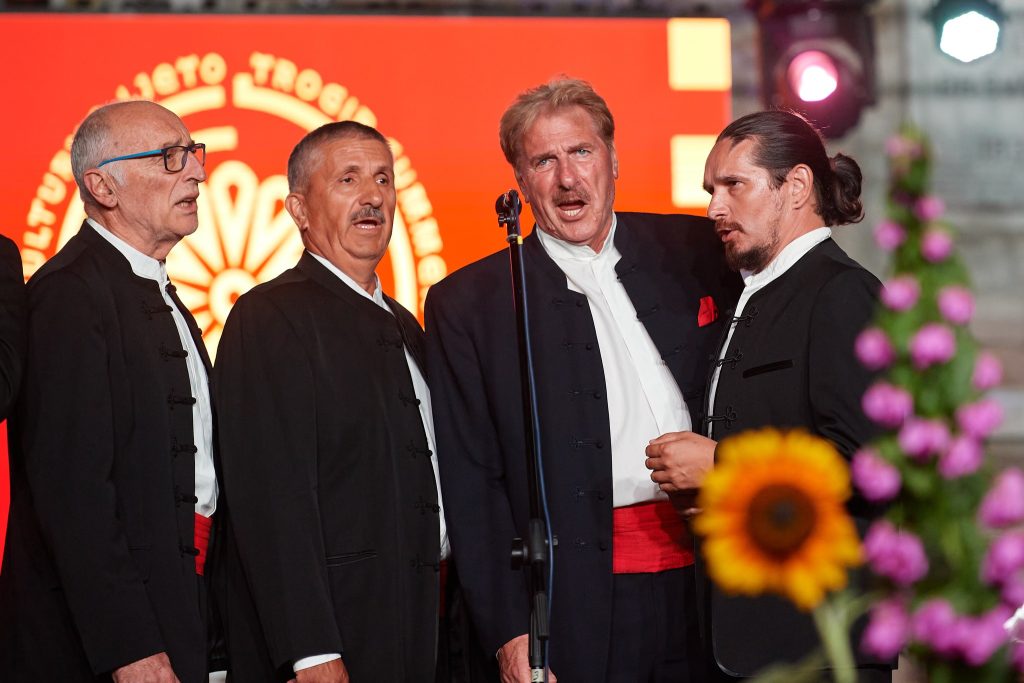
The Dalmatian men’s klapa Trogir was founded in 1964 by the Cultural and artistic society Kolo. Their songs are of many characters, from mystical and gentle motifs to joyful and energetic ones. Numerous members and vocalists have changed over the years, one of the most famous is the first tenor of the group – Vinko Coce. Over the years, the group has won numerous awards, as well as foreign fans at concerts throughout Europe and the world. Their singing is indispensable and unique, attracting fans of all kinds of music.
Klapa Stivanja
Founded in 2008, the female Klapa Stivanja immediately gained notoriety due to the group’s gifted vocalists. Stivanja is named after the revered feast day of St. Ivan of Trogir, which has been celebrated for centuries. Klapa began working with several cultural, artistic, and holy events in Trogir. Their popularity is expanding with concerts all over Europe. In 2013 the city of Trogir honoured Klapa publicly for its contribution to the growth of culture and tourism. Over the years, Stivanja has received numerous accolades, and the klapa owes a great deal of gratitude to professor Mario Markovina, under whose direction the klapa has been working since 2017, with minor modifications in the klapa.
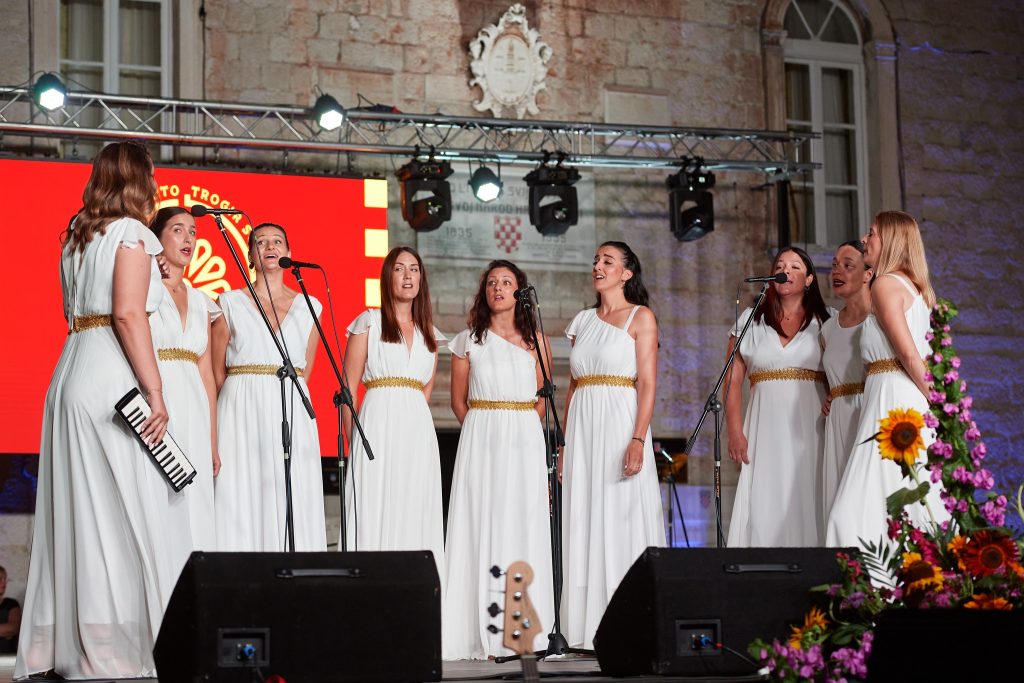
Trogir Brass Orchestra
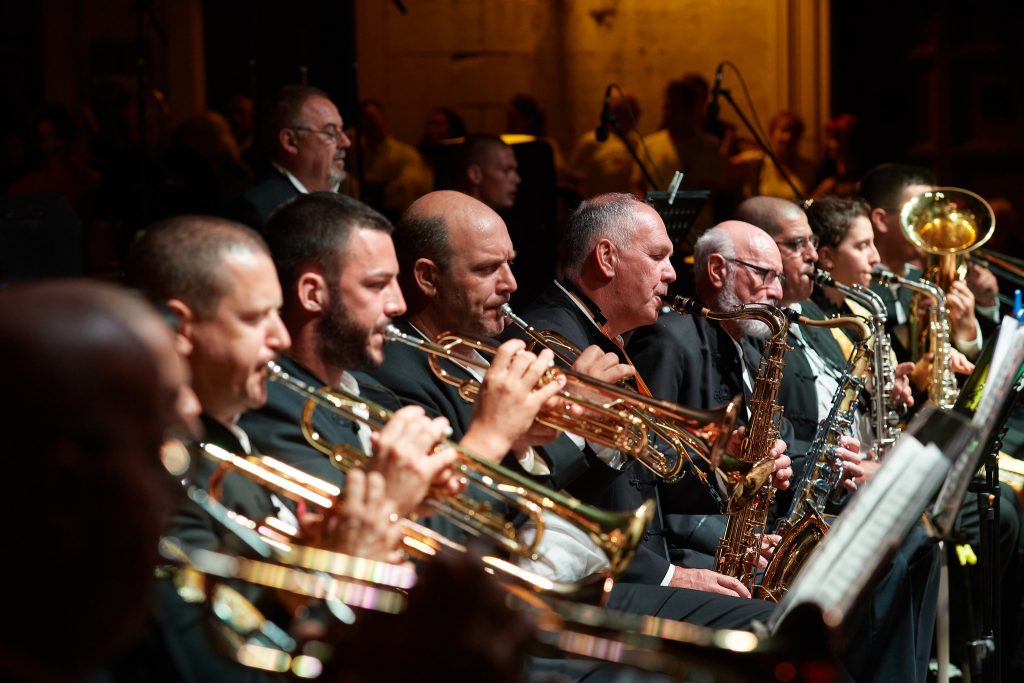
The orchestra records its beginnings in 1825, when it was founded. Trogir Brass Orchestra- (then called Town Band) consisted of brass and wind instruments, a characteristic composition of the type of Austrian military music. The very name Narodna (Narodna glazba Trogir) only comes at the time of the idea of national revival. The orchestra celebrates its holiday on November 22, the day dedicated to St. Cecilia (patrons of poets and musicians), and old musicians are remembered with marches and songs. Trogir Brass Orchestra has been accompanied by maestro Duško Hrnjak since 1993, who was previously a member of the orchestra as a musician. Over the years, they have received many awards, one of which being the Golden Charter awarded by the Croatian Parliament for their contribution to culture. Today you can find them playing during holidays, Trogir cultural summer or some other festive occasion.
Trogir musicians
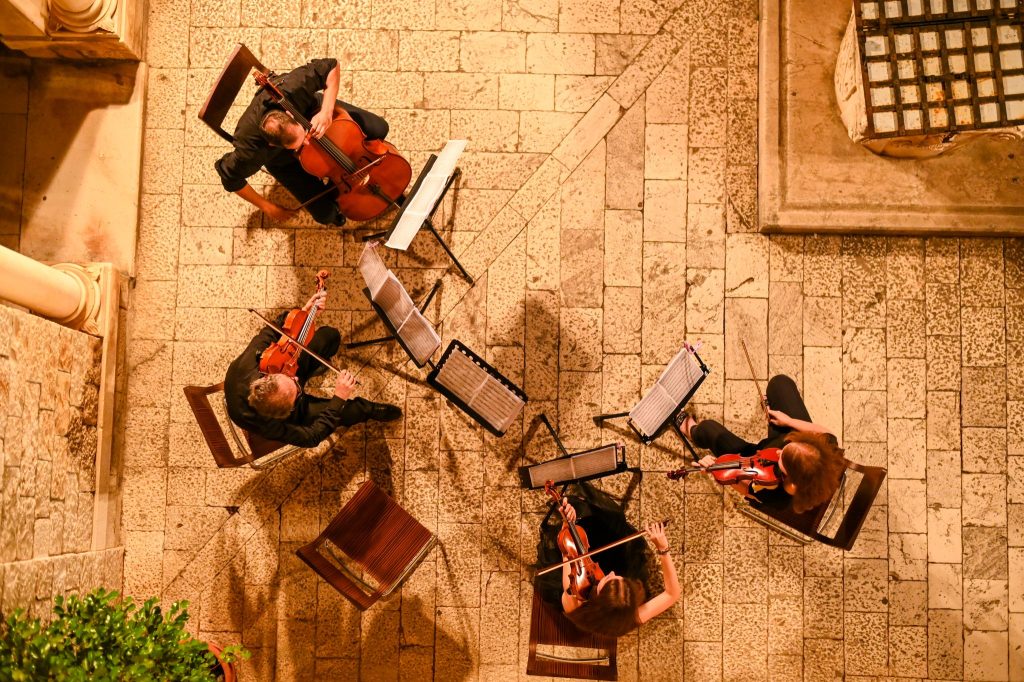
The Association of Trogir Musicians was founded in 2018 on the initiative of Vlatko Belas and Ursa Ljuban. Over the years, the association has been active in enriching the cultural life of the city of Trogir through appropriate concerts. They stand out with the Classical Music Festival, which is held for the fourth year in a row. For its contribution to culture, the association will receive an award from the city of Trogir in November 2022. At their concerts, musicians perform works of various genres and attract various music lovers with melodies from classical music as well as those from the world of film. From March 2023, Dakica Sanko, violinist, and Bjanka Ivas, mezzo-soprano, both employees of the Croatian National Theater in Split, took over the leadership of the Association.
HPD Petar Berislavić
A mixed choir known as KUD “Brodomosor” was established in 1979 based on the choral singing traditions of the Croatian amateur educational association Berislavić at the end of the 19th century and KUD “Kolo” in the middle of the 20th century. While performing at their first independent concert in Ohrid (Northern Macedonia), the choir is steadfastly hunting for a leader. They have recorded numerous performances across Europe over the years. The choir is known as CROATIAN SINGING SOCIETY “PETAR BERISLAVIC” according to law. The choir celebrated its 20th anniversary in 1999, at which time they were presented with the City of Trogir Award (again in 2019). In the year 2003, numerous changes in the repertoire began. The choir divided their concept into two cycles: a cycle of sacred music (Christmas concerts) and popular compositions (summer concerts). Today, the choir is in collaboration with maestro Boris Stanić, with whom they are performing at the 53rd opening of the Trogir cultural summer, dedicated to Vinko Coce.
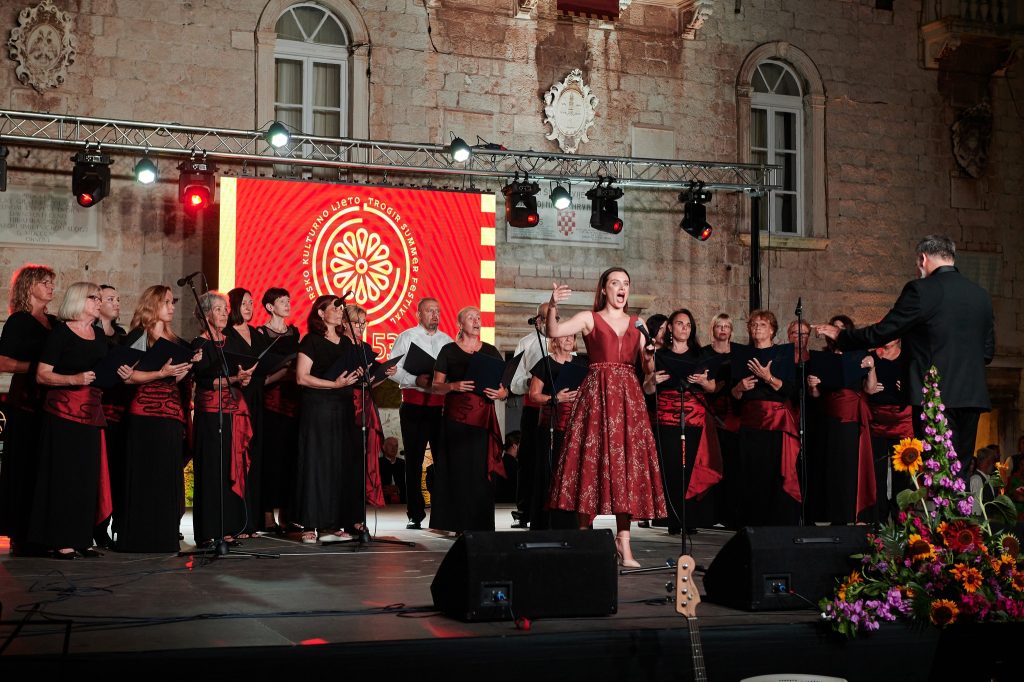
Related blogs
18.09.2024.
St. Martha – Bijaći
The Church of St. Martha in Bijaći, located on the western edge of the Kaštela Plain at the Stombrate site, is among the most important national archaeological sites. The church and the archaeological remains surrounding it form a complex which dates back to the 1st century when a group of agricultural buildings from a larger […]
29.08.2023.
History of Trogir
Trogir is known for its rich history, and when you find yourself in the old town, time seems to stand still. Despite the fact that Trogir is thought to be much older, the findings show us that the city was founded at the end of 3rd century BC or at the beginning of 2nd century […]
25.07.2023.
Town square and its magic
Surrounded by numerous landmarks, this town square has been the main place of gathering throughout history. The Rector’s Palace is located in the eastern part of the main square. Its construction began in the XIII. century, where the church of St. Stjepan once stood. The openings of the palace overlooking the square are Renaissance in […]